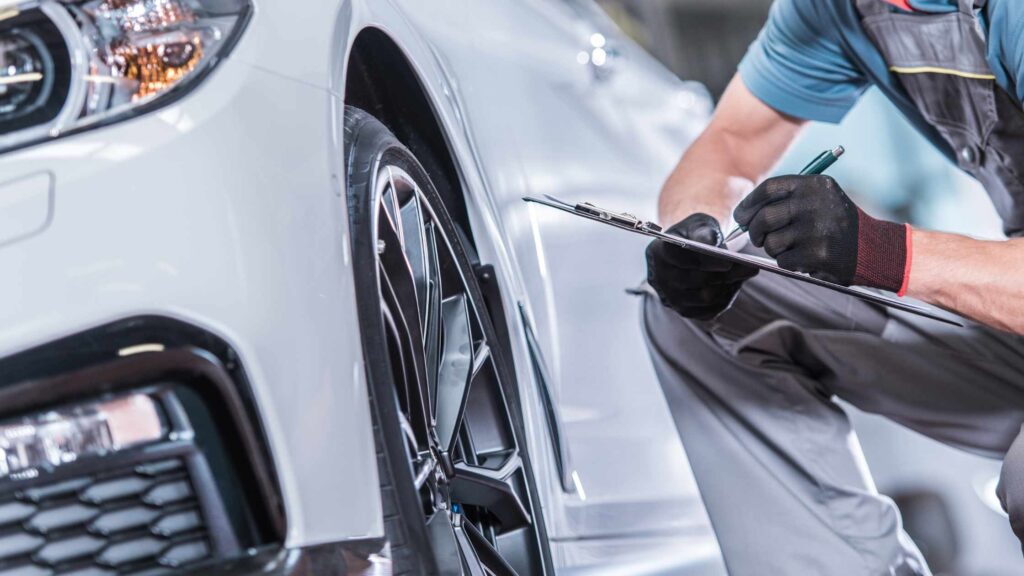Introduction
Connected cars have become increasingly popular in recent years, with advanced technologies enabling various features and conveniences. However, as vehicles become more interconnected, the need for cybersecurity in the automotive industry has become a pressing concern. This article examines the importance of protecting connected cars against cyber threats and explores the measures that can be taken to enhance their security.
The Rise of Connected Cars
Connected cars, or smart cars, are vehicles that are equipped with internet connectivity and a range of digital features. These features allow for enhanced safety, entertainment, and convenience. From GPS navigation to remote vehicle control, the capabilities of connected cars are expanding rapidly.
Potential Cybersecurity Threats
While the benefits of connectivity in cars are undeniable, they also introduce new vulnerabilities. Cybersecurity threats in connected cars can have severe consequences, including unauthorized access, data breaches, and even physical harm. Here are some of the potential risks associated with connected cars:
1. Remote Vehicle Control
With the ability to control vehicles remotely through smartphone apps or other digital interfaces, cybercriminals could exploit these systems to gain unauthorized access to a car’s functions. This could result in unauthorized starting, stopping, or tampering with a vehicle’s controls, posing significant safety risks.
2. Data Breaches
Connected cars collect and store vast amounts of data, including personal information, GPS data, and even driver behavior patterns. If this data falls into the wrong hands, it can be exploited for identity theft, fraud, or other malicious activities.
3. Malware Attacks
As with any connected device, connected cars are susceptible to malware attacks. Malicious software can be installed on a vehicle’s systems, allowing hackers to gain control of critical functions or steal sensitive information.
4. Wireless Network Exploitation
Connected cars rely on wireless networks for communication and data transfer. Hackers may exploit vulnerabilities in these networks to intercept data, manipulate traffic signals, or launch more targeted attacks on specific vehicles.
Protecting Against Cyber Threats
Given the potential risks associated with connected cars, it is crucial to implement robust cybersecurity measures. Here are some effective strategies for protecting against cyber threats:
1. Regular Software Updates
Manufacturers should provide regular software updates to address any security vulnerabilities discovered in the car’s systems. These updates can patch known vulnerabilities and protect against potential cyber threats.
2. Strong Authentication
Implementing multi-factor authentication for accessing a vehicle’s digital interfaces can significantly enhance security. This ensures that only authorized individuals can control the car remotely or access sensitive data.
3. Data Encryption
Encrypting the data that is sent and received by a connected car can prevent unauthorized access and eavesdropping. Encryption adds an additional layer of security to protect both personal information and the functionality of the vehicle.
4. Intrusion Detection Systems
Installing intrusion detection systems in connected cars can help monitor and identify any unauthorized access attempts or suspicious activities. These systems can provide timely alerts and minimize the risk of successful cybersecurity attacks.
5. Collaboration and Industry Standards
The automotive industry should collaborate with cybersecurity experts and establish industry-wide standards for protecting connected cars. This collaboration can ensure that best practices are implemented across all vehicles, reducing the overall vulnerability of the ecosystem.
Conclusion
As the automotive industry moves towards a more connected future, it is essential to prioritize cybersecurity in connected cars. With increased connectivity comes increased risk, and proactive measures must be taken to protect against potential threats. By implementing robust security measures, regularly updating software, and adhering to industry-wide standards, we can ensure the safety and privacy of drivers and passengers in an interconnected automotive landscape.







